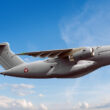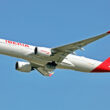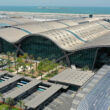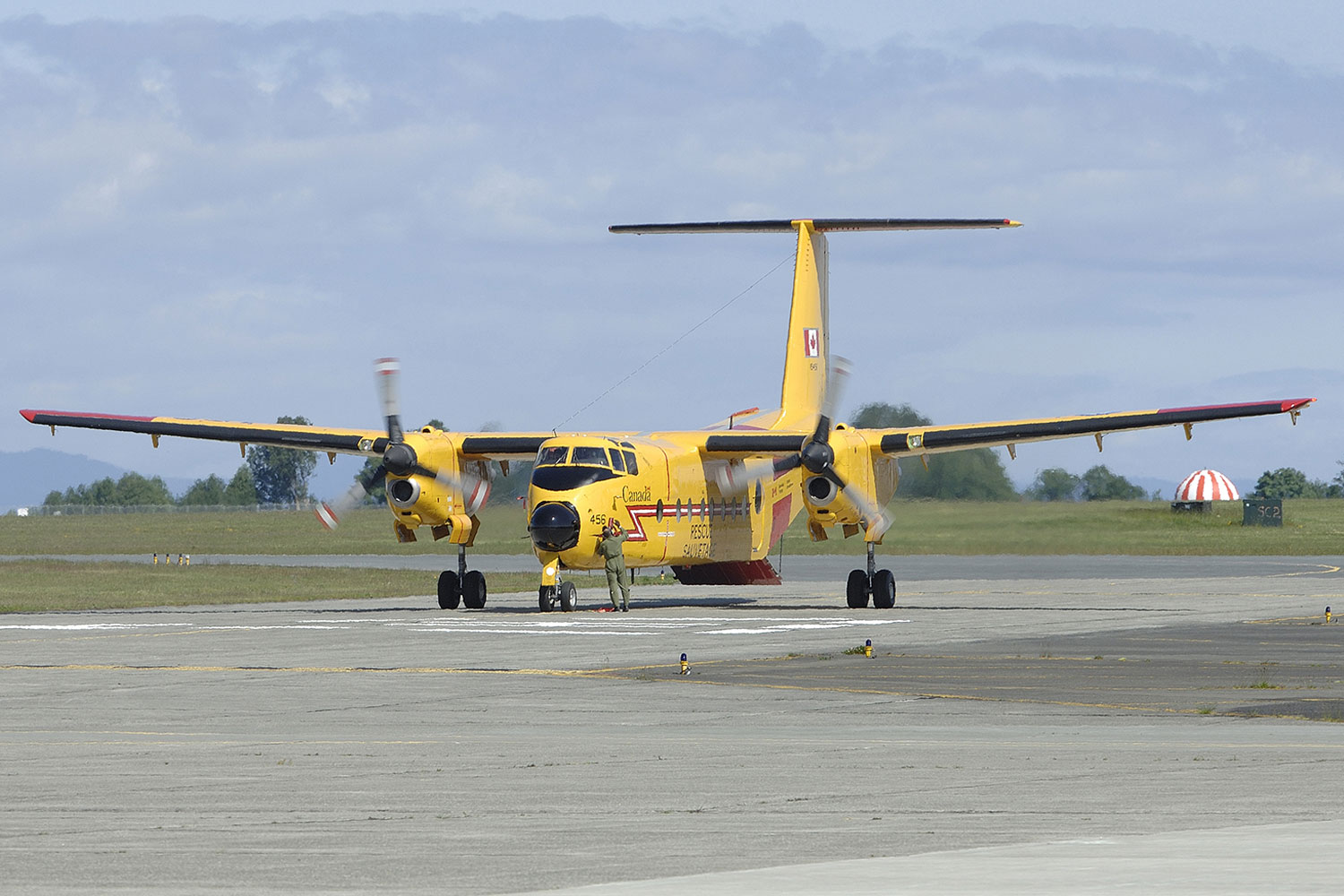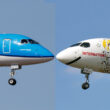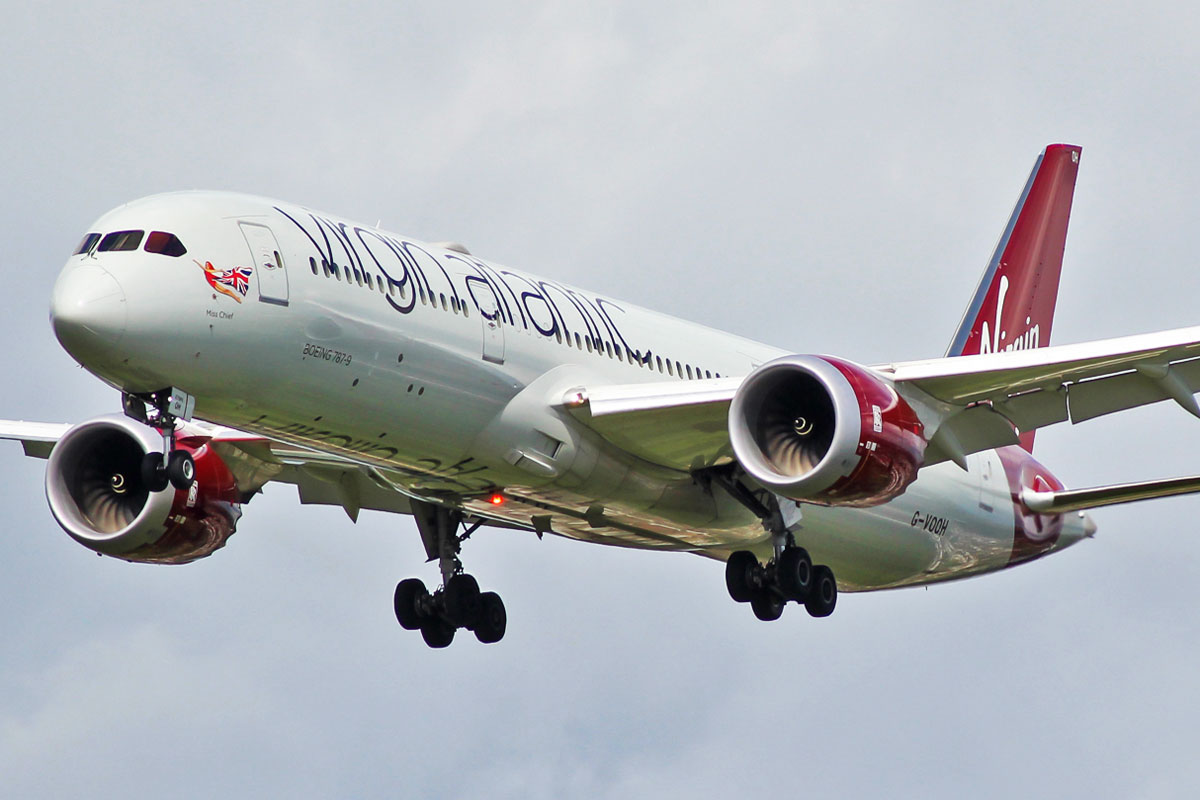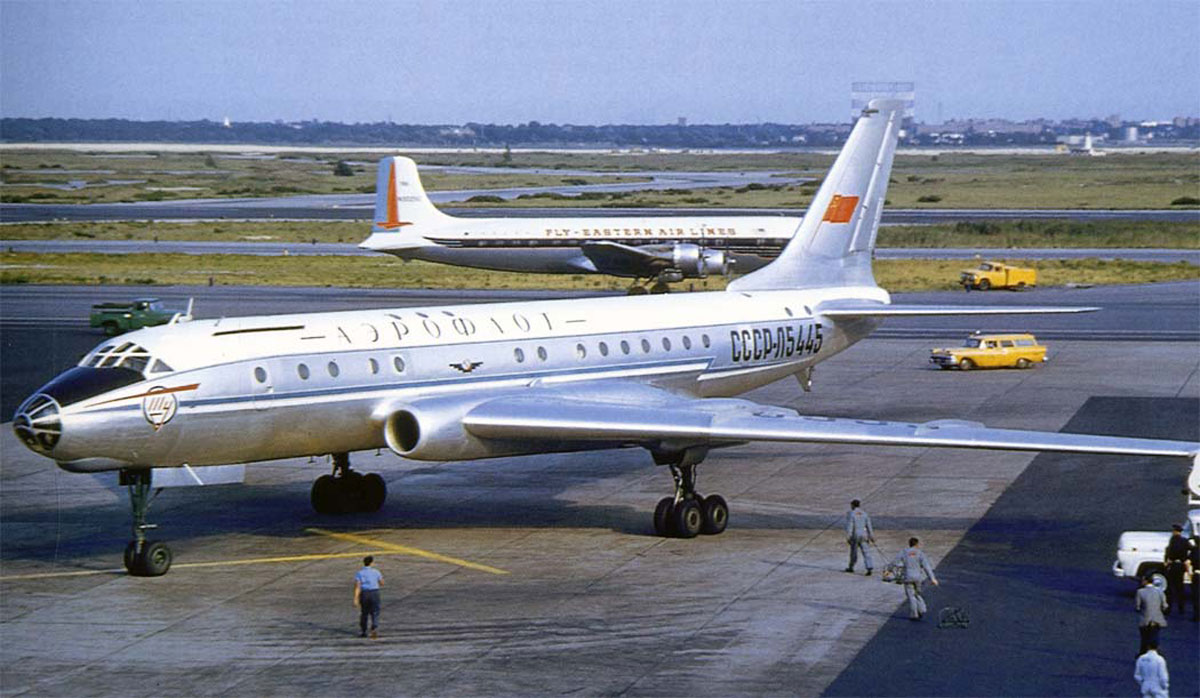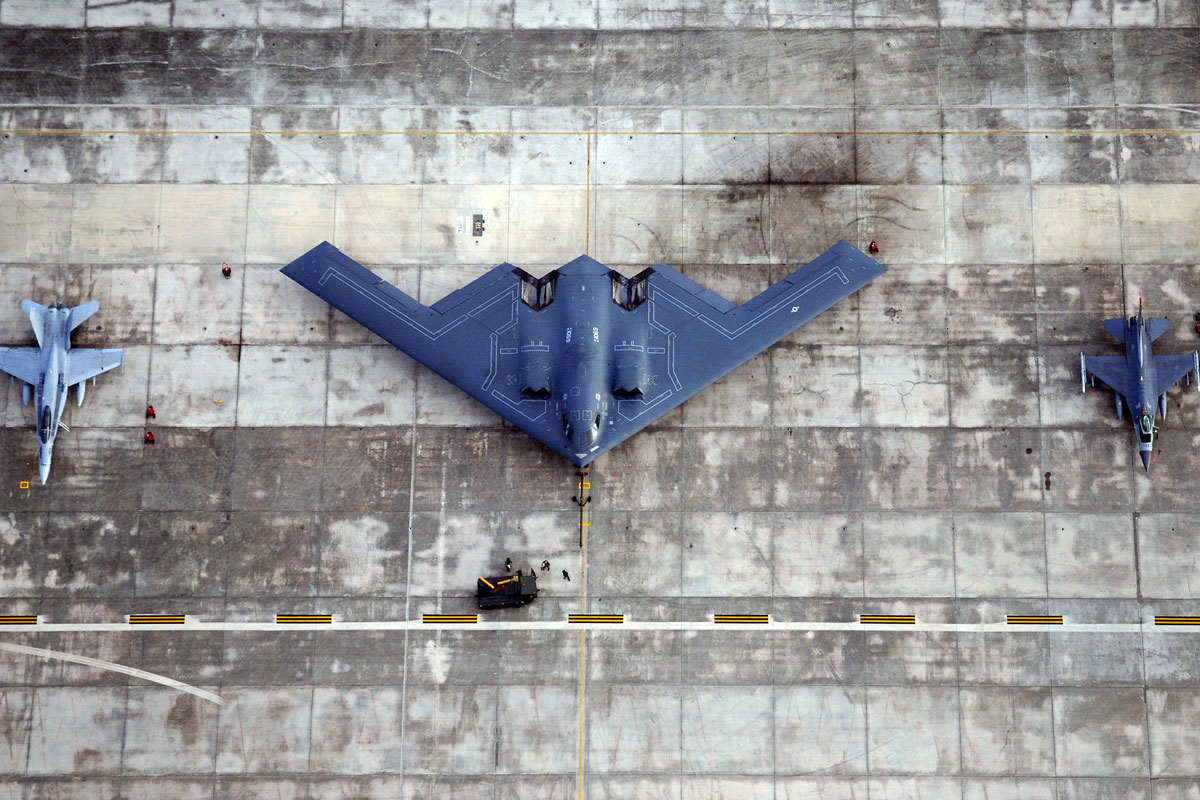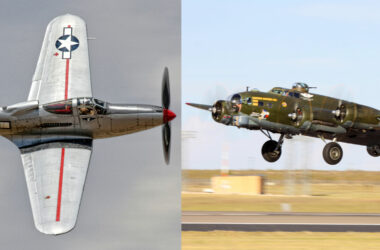Developed nearly 60 years ago, the DHC-5 Buffalo performed its last mission with the Royal Canadian Air Force on January 15, concluding a 55-year career in service.
The aircraft developed by de Havilland Canada was replaced by the CC-295 Kingfisher, supplied by Airbus. They flew in the 442 Squadron, Transport and Rescue (SAR), based in the province of British Columbia.
These would be the last operational Buffalos in the world, an airlifter that had a relatively small production of 122 aircraft.
The Buffalo was designed as a replacement for the DHC-4 Caribou, which it was quite similar to, except it used GE CT64 turboprop engines in place of Pratt & Whitney Wasp piston radials and increased interior space.
Both followed a very similar concept, operations on short and unprepared runways, but the Buffalo carried more cargo on board and had an even better STOL (Short Take-off and Landing) performance.
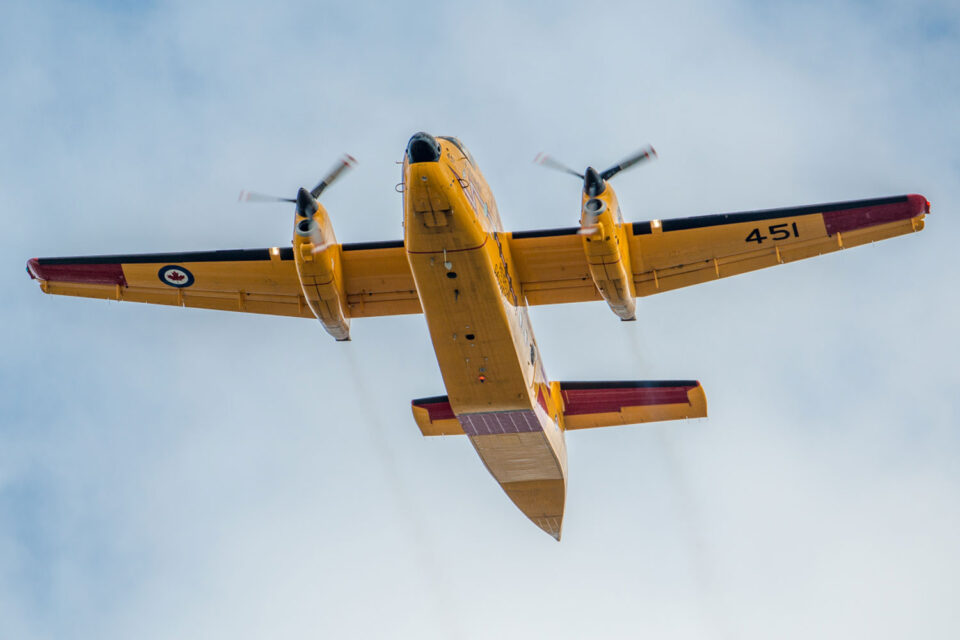
The Caribou, which had more than 300 planes produced, was operated by the US military, something the DHC-5 followed thanks to a first order of four planes to the Army, where it received the designation CV-7A and C-8A in 1965. Two years later, however, the Buffalos were transferred to the Air Force, but were not used there, with two of them transferred to NASA.
DHC ended production of the plane in 1972, but reopened the assembly line in 1974 thanks to new orders such as from Egypt. It was not until 1986 that the Buffalo was definitively discontinued. The largest operator of the aircraft was the Brazilian Air Force, between 1965 and 2007, which had 24 DHC-5s in its fleet.
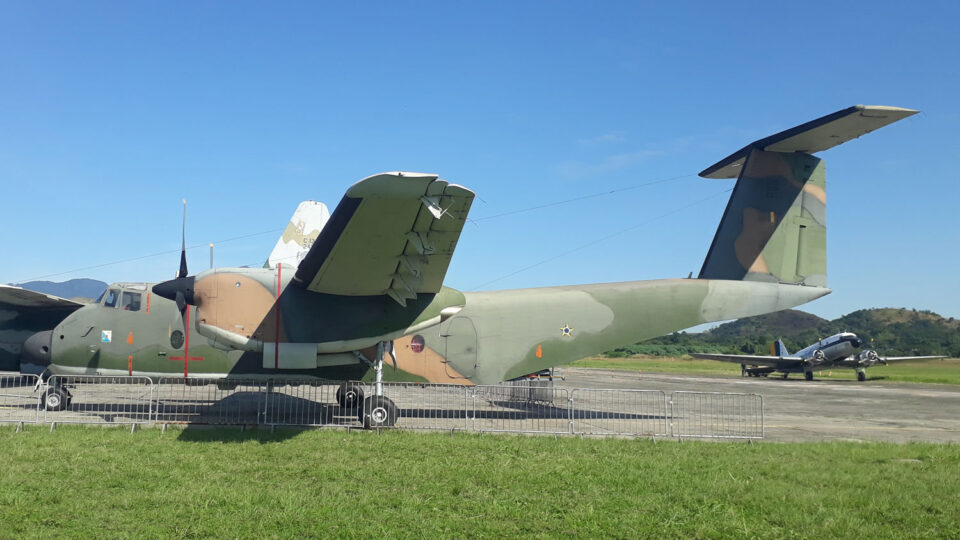
Buffalo upgraded
In February 2006, Viking Air acquired the rights to several aircraft from De Havilland, including the DHC-6 Twin Otter and the DHC-5, then owned by Bombardier.
At the end of 2008, Viking announced that it intended to produce the Buffalo again, but in an upgraded version, with PW150 engines, a glass cockpit and other improvements. The goal was precisely to replace the CC-115s in service with the Royal Canadian Air Force, which had been in use for over 40 years at the time.
However, the Canadian government chose to acquire 16 C295s and plans to revive the legendary plane ended up failing.

